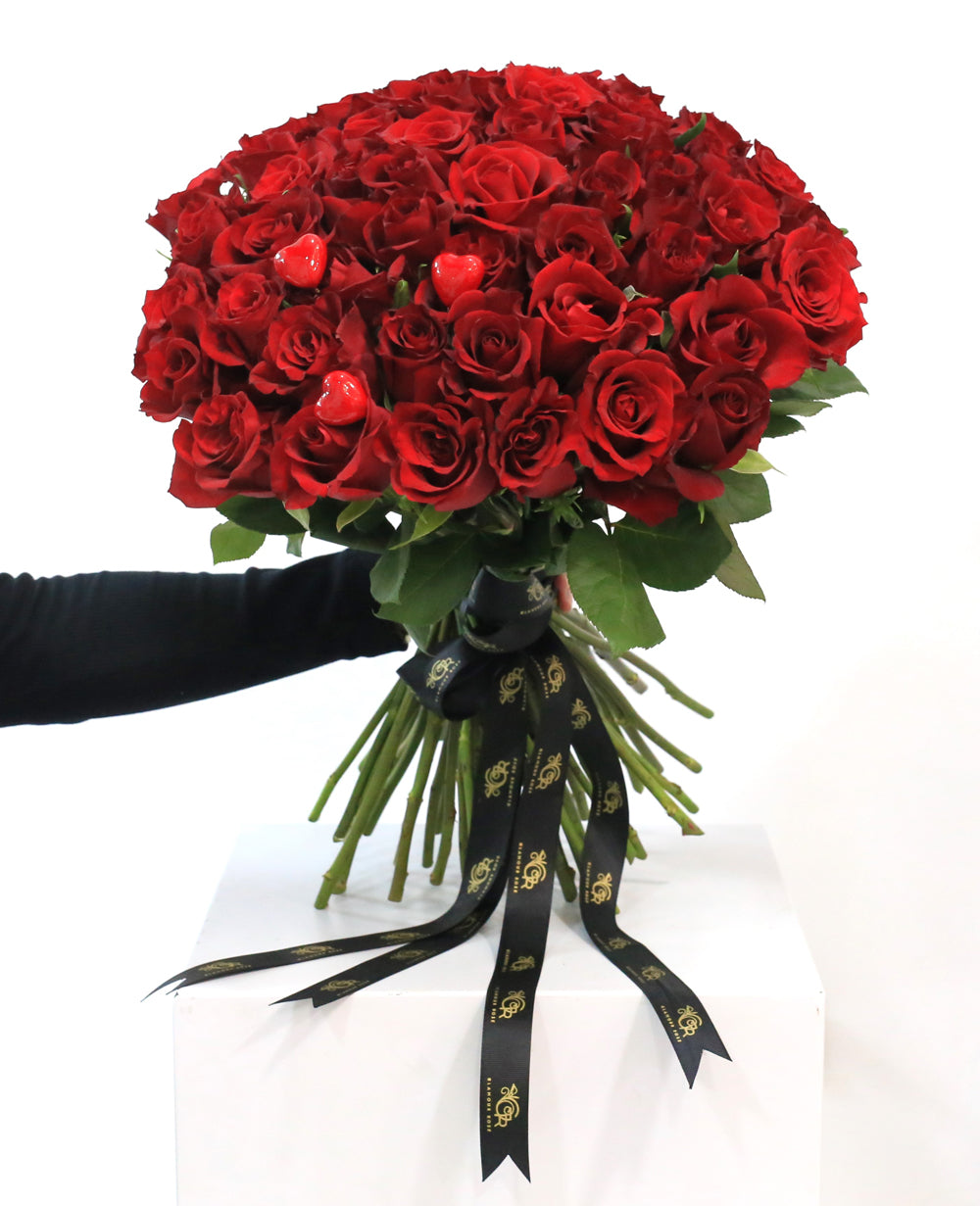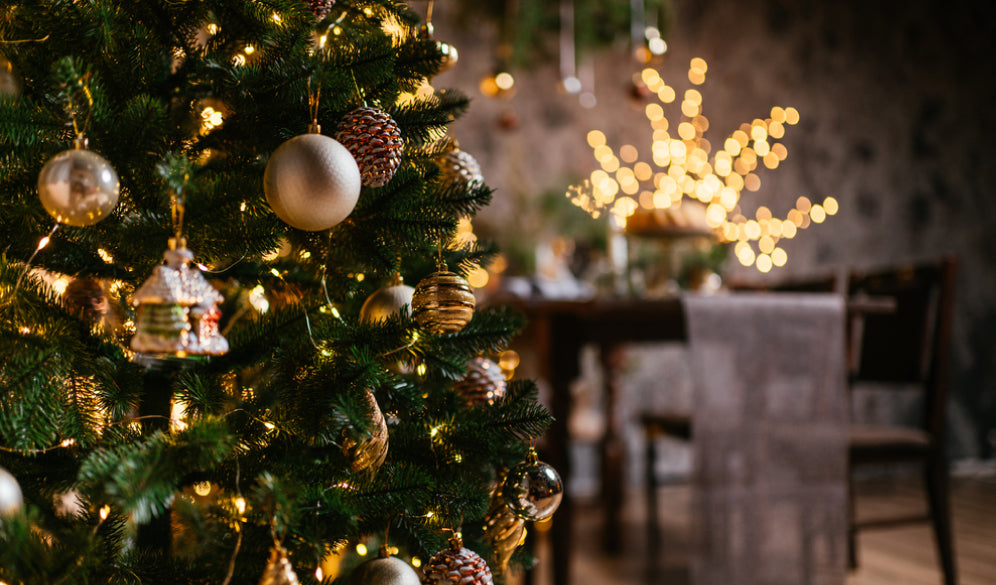Christmas symbols appear like rays of tradition when the holiday season warmly embraces the globe. Each symbol has a distinct meaning that gives the celebration of the season more depth and meaning. These deeply ingrained historical and traditional symbols are more than just ornaments; they are storytellers, telling stories of joy, faith, and the immortal message of Christmas. In this investigation, we explore the deep meaning of 10 classic Christmas symbols and discover the connections that bind them to the essence of the holiday.
1. Angels: To proclaim the birth of Jesus, angels not only visited Joseph and Mary but also made an appearance in the sky above Bethlehem. Angels are put atop the Christmas tree because they are believed to have appeared high in the sky.
2. Star: The star, which is used to symbolize the Christmas star that shone in the night sky above Bethlehem to direct people to the infant Jesus, is used in place of an angel on top of the tree.
3. Bells: It's a traditional belief that ringing bells chases bad spirits away. The bells on the Christmas tree represent the proclamation of Jesus' birth when the celestial host gave thanks to God.
4. Holly: The prickly leaves of the holly tree are believed to symbolize Jesus' crown of thorns. Red berries allude to his blood.
5. Fruit basket: A fruit basket symbolizes plenty of food and serves as a gentle reminder to share and give to others.
6. Dove: This bird symbolizes happiness and joy and is a representation of the Holy Spirit. If the bird is in a nest, it symbolizes assurance in the house or cottage.
7. Frog: Traditionally considered a lucky charm, frogs' onward motion serves as a reminder to pursue our objectives.
8. Pickle: Another custom is to hide a pickle ornament inside the tree. It is said that whoever discovers it will be fortunate for a year.
9. Mistletoe: One of the four plants associated with Christmas is this parasitic plant. It thrives on a range of trees and keeps growing strong long after those trees lose their leaves in the fall. It thus evolved to represent fertility and endless life.
10. Ivy: A plant that, to flourish, must cling to something. This serves as a reminder to hold on to God to get by in life. Thus, from ancient times, this has also represented eternity and resurrection. Ivy is utilized in garlands and other Christmas decorations.
Every element in the intricate tapestry of Christmas symbols is a brushstroke that adds to the masterpiece of custom and significance. These symbols, which range from the heavenly presence of angels to the Christmas star's guiding light and the delightful symbolism of candy canes, encourage us to consider the deep lessons that the season has to offer. As we decorate our houses with these beloved symbols, let us embrace the tales they tell, the lessons they convey, and the timeless spirit of Christmas that they represent—a spirit of joy, love, and hope that endures beyond tradition and time. Let us enjoy the celebrations as well.


